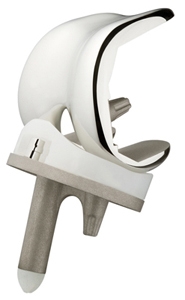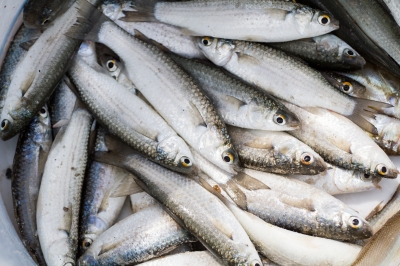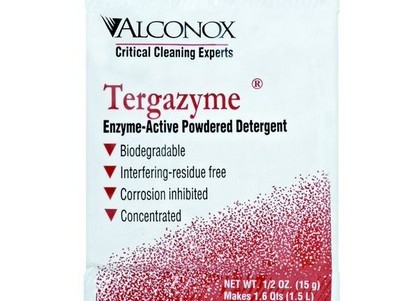Filter Cleaning Wine Residue
Q. What kind of cleaning can I expect from Tergazyme when cleaning filters with wine residues? A. We would expect Tergazyme to work very well on biofilms or microbial contamination from filters that had been repeatedly used to filter wine.
Fingerprints on Glass and Aluminum
Q. How do you clean fingerprints on glass and aluminum?
A. Fingerprints on bare aluminum that has been polished or abraided in a way that damages the protective oxide layer will potentially etch the aluminum and leave a hard to remove fingerprint. The same thing happens with lime-soda glass (window glass, as distinguished from the more robust borosilicate glass found in lab glassware) where a fingerprint can eat into the glass and etch in a hard to remove fingerprint.
Cleaning Nylon 6 Medical Devices
Q. Can Nylon 6 be successfully cleaned with high alkaline cleaners? A.Can Nylon 6 medical devices be successfully cleaned with high alkaline cleaners?
A. Nylon 6 is generally labile to acids and oxidizing agents. Nylon 6 would be fine with an alkaline cleaner like Solujet. Read more about cleaning Nylon 6.
Cleaning Smocks in Fish Processing Plant
Q. I have a client that wants to clean smocks / aprons being worn in a fish processing plant. Do you have a product that can be used to remove blood / protein stains? A. You can use Tergazyme to remove blood stains from the smocks in this fish processing plant.
Max Concentration for Tergazyme
Q: When using Tergazyme® enzyme-active powdered detergent, the recommended concentration is 1%. Are there occasions when a greater concentration is used? If so, is there some kind of saturation point where a high concentration will be ineffective?
A: Tergazyme detergent has a solubility limit around 10% (w/w) in water depending on temperature.




